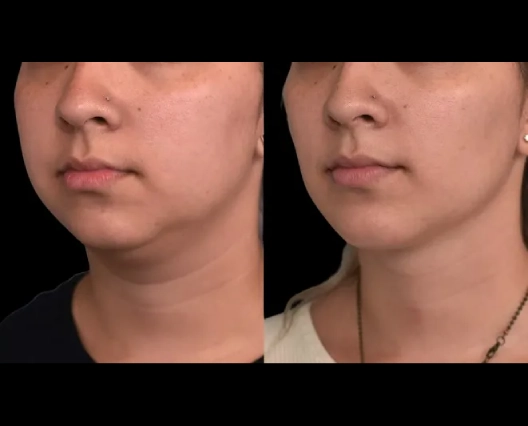Exosome therapy in Dubai is an emerging area in regenerative medicine that has shown promise in treating a wide range of medical conditions.
It leverages the strength of exosomes, which are tiny extracellular vesicles released by cells that play a crucial role in cell-to-cell communication. They carry various molecular constituents of their cell of origin, including proteins, lipids, RNA, and DNA. This complex cargo allows exosomes to influence various physiological and pathological processes, making them a significant focus of research for therapeutic applications.
In this article, we will delve into the benefits of exosome therapy and explain how it works.
Understanding Exosomes
Exosomes are produced by virtually all types of cells in the body and are found in bodily fluids such as blood, saliva, urine, and breast milk. These vesicles range from 30 to 150 nanometers in size and are involved in various biological processes, including immune modulation, cell growth, and tissue repair.
The ability of exosomes to transport molecules directly from one cell to another is pivotal for their function as mediators in cellular communication. This is one of the major reasons of the growing popularity of exosome therapy in Dubai.
How Does Exosome Therapy Work?
Exosome therapy leverages the natural ability of exosomes to facilitate cell communication and promote healing. In therapeutic applications, exosomes can be isolated from stem cells or other cell types and then administered to the patient. The process typically involves the following steps:
Collection and Isolation: Exosomes are collected from cell cultures, often stem cells, under controlled laboratory conditions. Various techniques, such as differential ultracentrifugation or size exclusion chromatography, are used to isolate the exosomes from cell culture media.
Characterization and Modification: Once isolated, the exosomes are characterized to ensure they contain the desired proteins, RNAs, or other molecules. They can also be modified or loaded with therapeutic agents, such as specific RNAs or proteins, to enhance their therapeutic potential.
Administration: The prepared exosomes are then administered to the patient. This can be done through various routes, including intravenous injection, local injection at the site of injury, or topical application, depending on the condition being treated.
Benefits of Exosome Therapy
Exosome therapy offers several benefits over traditional treatments and other forms of regenerative medicine:
- Targeted Therapy: Exosomes can be engineered to carry specific therapeutic molecules, offering a targeted approach to treatment that can minimize side effects.
- Reduced Immunogenicity: Since exosomes can be derived from the patient’s own cells (autologous therapy), they are less likely to elicit an immune response compared to other therapies that introduce foreign substances into the body.
- Promoting Natural Healing: By facilitating communication between cells, exosomes can promote the body’s natural healing processes, potentially leading to more effective and lasting recovery.
- Versatility: Exosomes therapy has potential applications in a wide range of medical fields, including oncology, neurology, dermatology, and orthopedics.
Clinical Applications
Research into exosome therapy is ongoing, but it has shown promise in several areas:
- Regenerative Medicine: Enhancing tissue repair and regeneration, particularly in orthopedic injuries, heart disease, and skin aging. You can easily find a sports medicine specialist that offers exosome therapy.
- Cancer Therapy: Delivering anti-cancer agents directly to tumor cells, improving the efficacy of treatment while reducing side effects.
- Neurodegenerative Diseases: Facilitating the repair of neural tissue and offering potential treatments for conditions like Alzheimer’s disease and multiple sclerosis.
Challenges and Future Directions
Despite its potential, exosome therapy faces challenges, including the need for standardized methods of exosome isolation, characterization, and storage. Furthermore, understanding the mechanisms of exosome uptake by recipient cells and the long-term effects of therapy remains critical. Ongoing research and clinical trials are essential to address these challenges and fully realize the therapeutic potential of exosomes.
In conclusion, exosome therapy represents a promising frontier in regenerative medicine, offering a versatile, targeted, and natural approach to treating a wide range of diseases. As research progresses, we can expect to see more applications of exosomes therapy, potentially revolutionizing the way we approach disease treatment and tissue repair.



